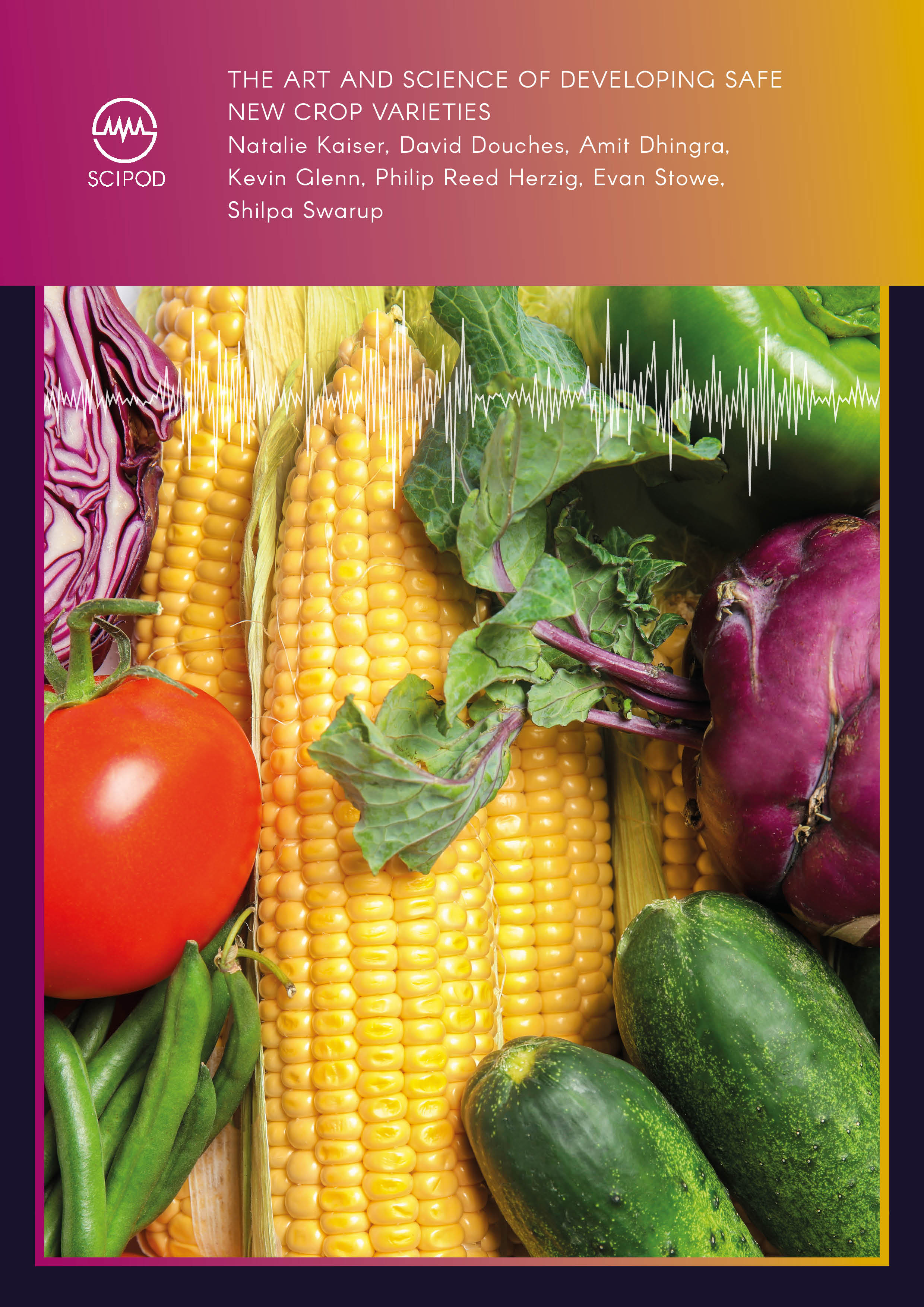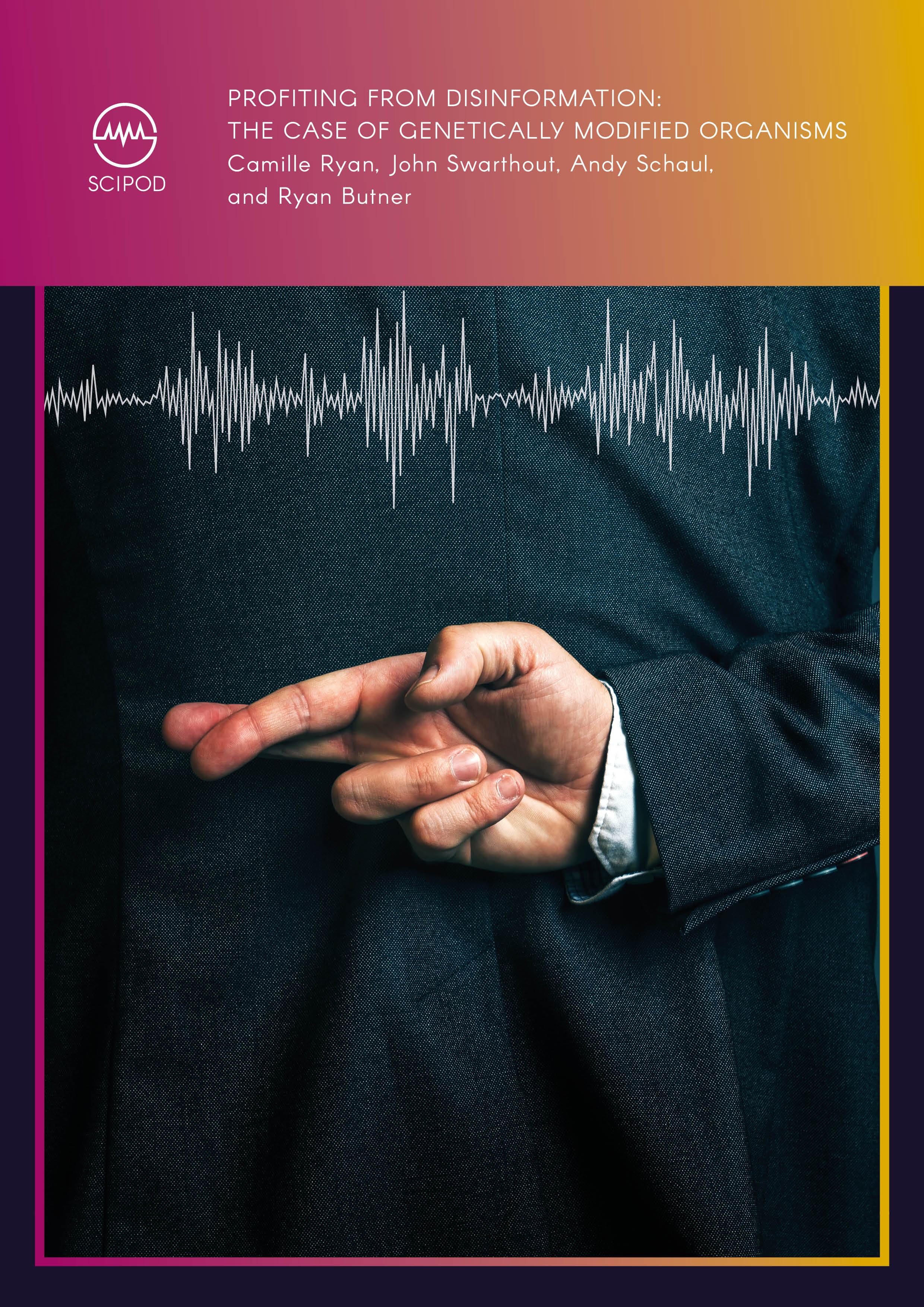Assessing the Relevance of Off-Target Changes in Gene Edited Crops
Original Article Reference
This SciPod is a summary of the paper ‘Plant genome editing and the relevance of off-target changes’, from Plant Physiology. https://doi.org/10.1104/pp.19.01194
Conflict of interest and funding disclosures
Some of the authors are employees of Corteva Agriscience (A. Gutsche, G. May. D. Bubeck, S. Kumar), Bayer Crop Science (K Glenn, R. Dobert, M. Vega-Sanchez), HM Clause (J. Lindbo), Enza Zaden (L. Maas), or Pairwise (N. Graham), which are companies involved in targeted genetic modification of plants; all these authors were provided financial support in the form of author’s salaries. R. Stupar is a co-inventor of a patent in the plant gene-editing space. All other authors report no conflicts of interest relevant to this article (G. Patil, P. Morrell). The publication was partially supported by U.S. Department of Agriculture/National Institute of Food and Agriculture grants 2015–33522–24096 and 2019–33522–30200. The production of SciPod was commissioned by Bayer Crop Science.
Share Episode
About this episode
Humans have a long history of developing crops with improved characteristics, benefitting consumers, and farmers alike. Selective breeding, inducing genetic mutations, and, more recently, gene editing, are all tools that are used to produce plants with beneficial traits. As with any breeding technique, gene editing can lead to unintended genetic changes, but how does the prevalence of these off-target changes compare with those arising from other breeding practices? Plant scientists from the University of Minnesota and collaborating organizations reviewed the rate of unintended changes arising from gene editing with those from other plant development techniques. The researchers conclude that off-target edits in crops present no new safety concerns compared to unintended genetic changes that occur using other breeding techniques.
This work is licensed under a Creative Commons Attribution 4.0 International License. 
What does this mean?
Share: You can copy and redistribute the material in any medium or format
Adapt: You can change, and build upon the material for any purpose, even commercially.
Credit: You must give appropriate credit, provide a link to the license, and indicate if changes were made.
Increase the impact of your research
• Good science communication helps people make informed decisions and motivates them to take appropriate and affirmative action.
• Good science communication encourages everyday people to be scientifically literate so that they can analyse the integrity and legitimacy of information.
• Good science communication encourages people into STEM-related fields of study and employment.
• Good public science communication fosters a community around research that includes both members of the public, policymakers and scientists.
• In a recent survey, 75% of people suggested they would prefer to listen to an interesting story than read it.

Step 1 Upload your science paper
Step 2 SciPod script written
Step 3 Voice audio recorded
Step 4 SciPod published


